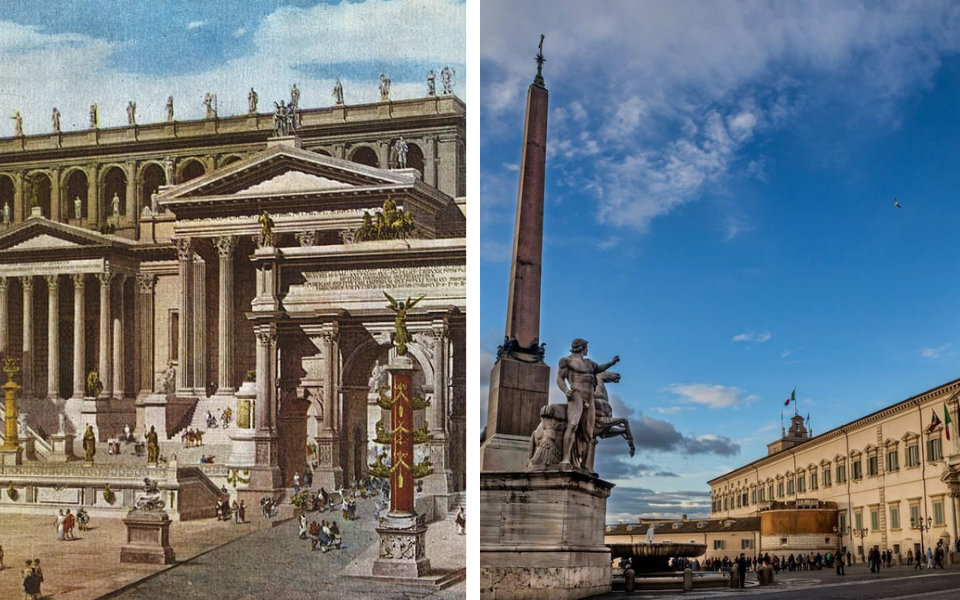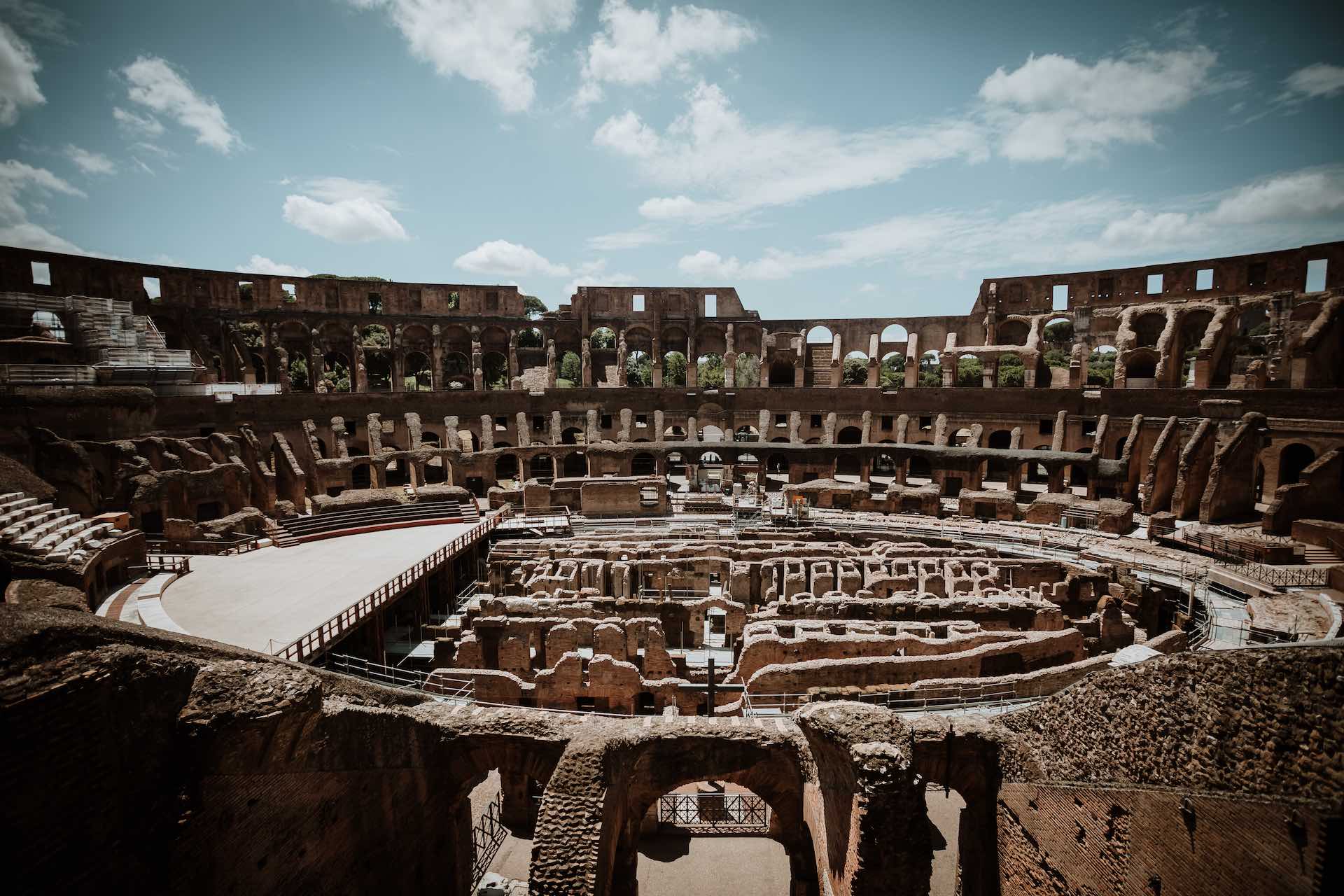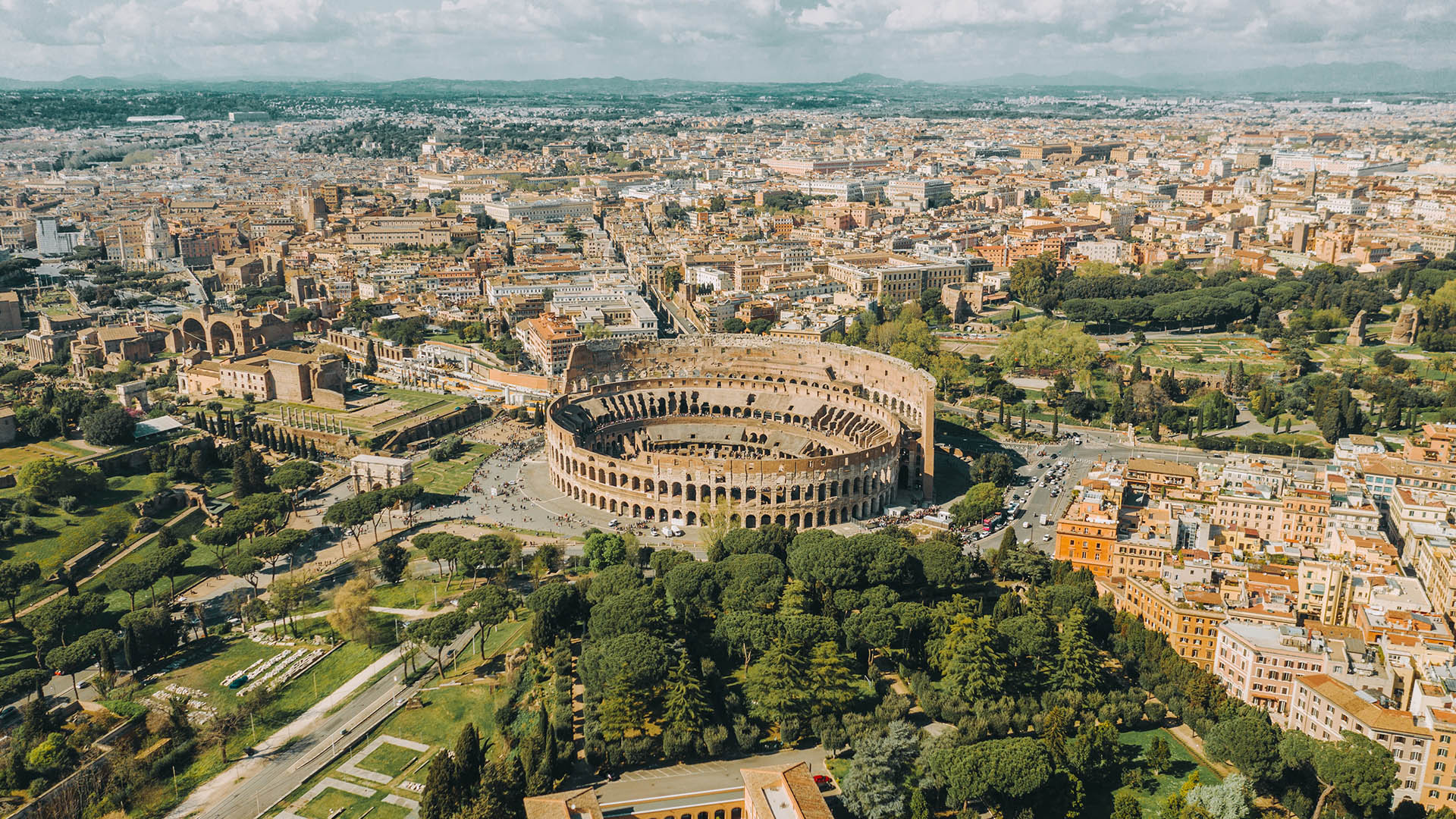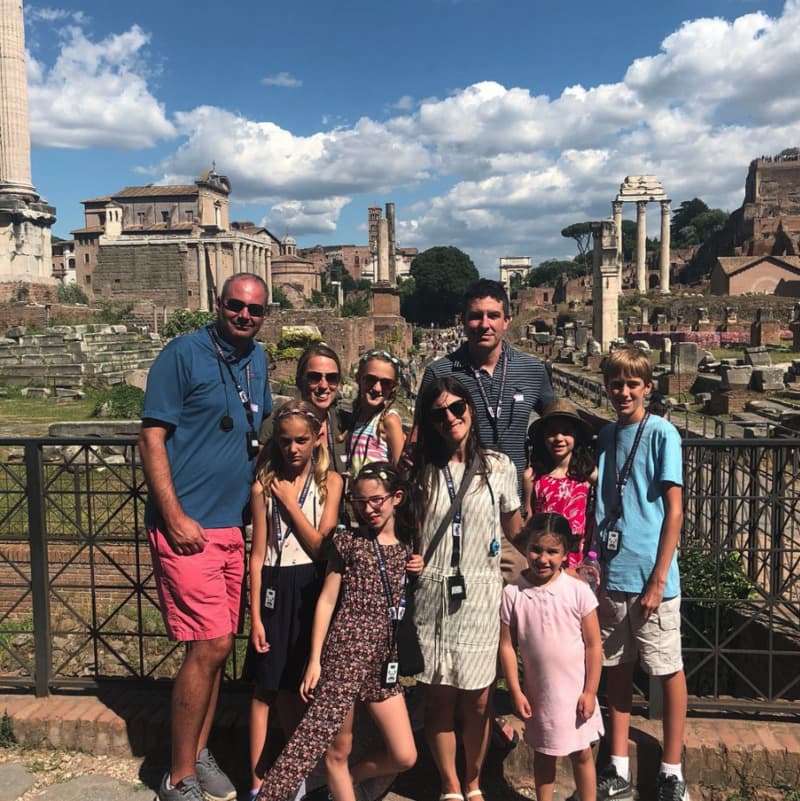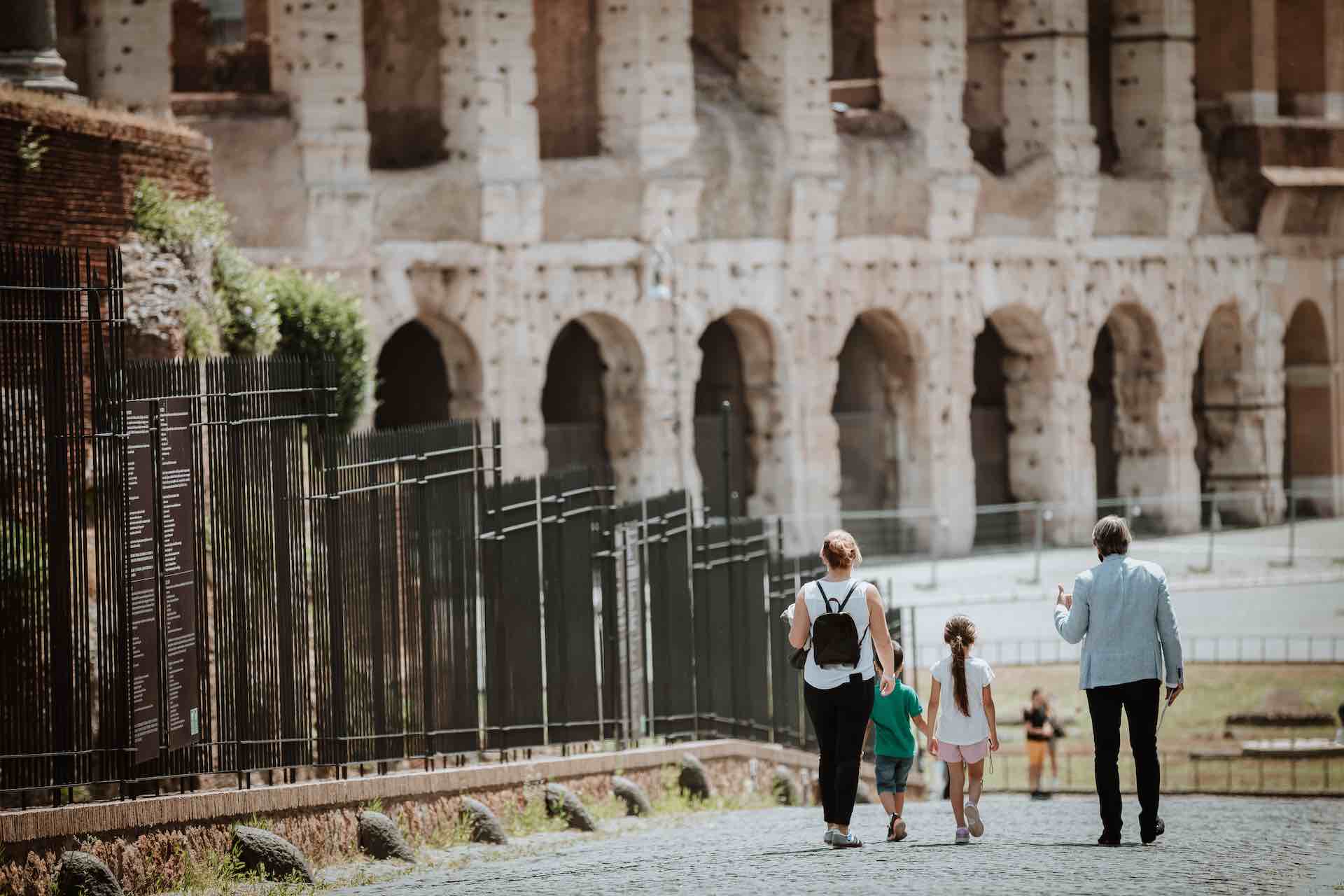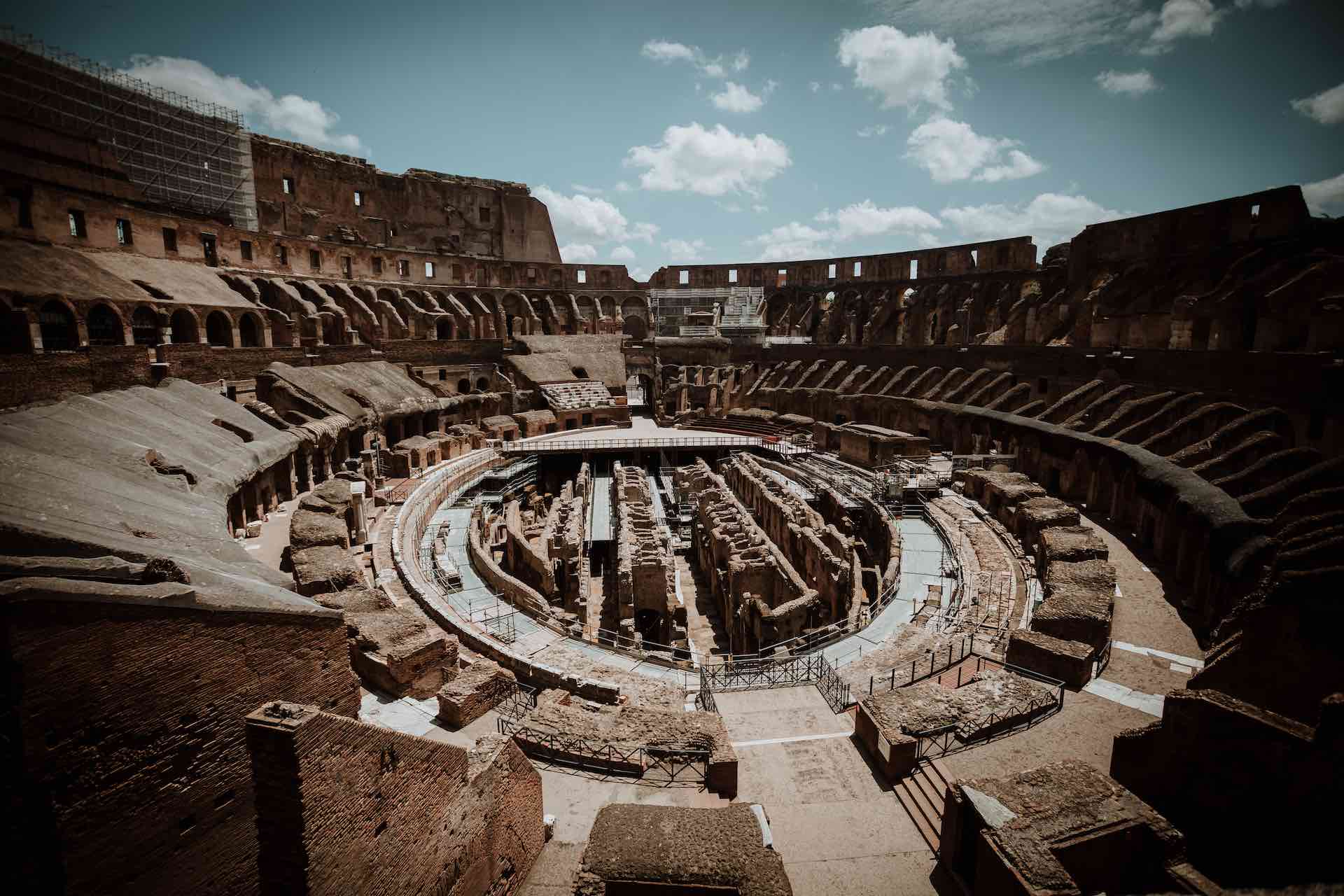Every year on the 2nd of June, Italy celebrates the Festa della Repubblica (Republic Day). The festivities mark the first day of voting in a nationwide 1946 referendum which set the country upon its current political path.
With the close of the ventennio (20 years of Fascism), the people had to make a decision; continue with a monarchy or create a democratic republic. The latter won with a 54.3% slice of the vote, and thus the Italian Republic was born.
Alongside the new system of governance, there was an obviously high number of political and social changes that Italy had to adjust to. However, this was not the first time a republic had been in place with Rome at its epicenter. Backtrack two-and-a-half millennia to the year 509 BC and we find one of the earlier and most influential democracies in history; the Roman Republic.
But how similar did the Roman Republic look to the Italian Republic we have in place today? To analyze, we need to take into account a selection of key factors that comprise both systems; these being a constitution, the system of governance, and of course for a democracy, elections.
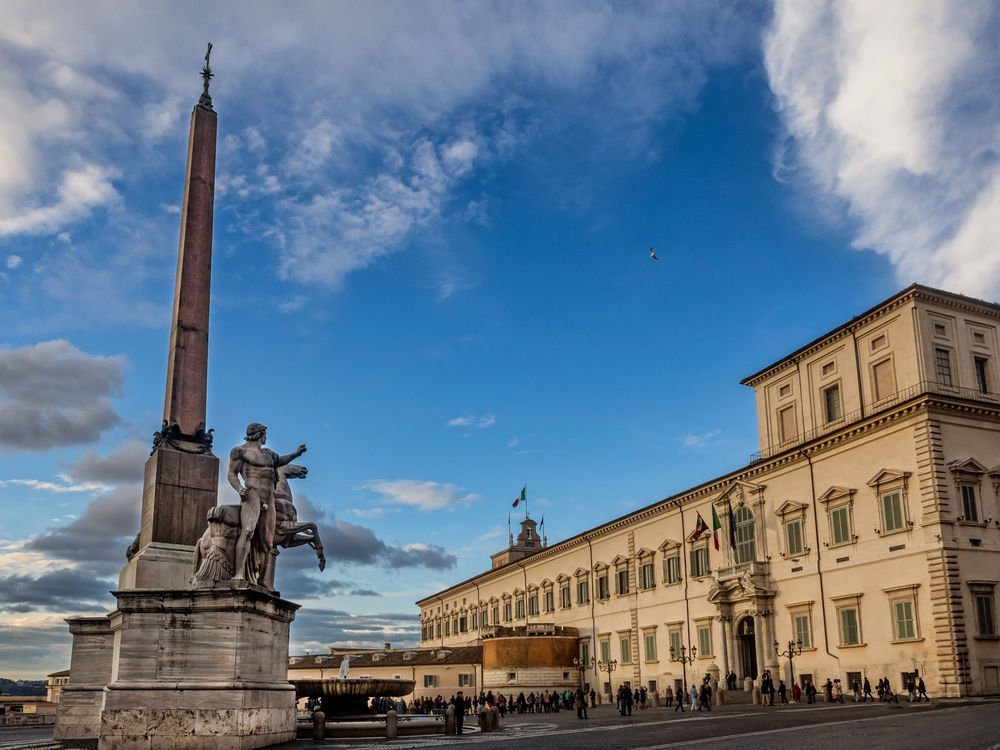
Quirinal Palace in Rome, a residence today of the President of the Italian Republic
The constitutions of the Roman and Italian Republics
As is the case with many groups, systems, organizations, and entities both political and apolitical, both the Roman Republic and Italian Republic were founded upon the outlines of a constitution.
The constitution that underlines Italian governance today consists of 139 articles, or ground rules, that took two years to be fully implemented after the referendum result. In a bid to curtail future dictatorships (an extremely important issue following Mussolini’s reign in Italy), it has been made incredibly difficult to adjust the Italian constitution of today, although 13 amendments have been issued to date.
It is this inflexibility and clarity that offers the main differences in the constitution of the Roman Republic. Whilst written laws, known as Roman Law, were put in place to guide governance, the set of initial ground rules was largely uncodified. This meant that they were received, and enforced, through precedent not writing.
This, among other reasons, can help to explain the fluidity of the Roman Republic’s constitution. Despite the Law of the Twelve Tables, a set of legislation displayed upon 12 bronze tablets in the Forum, helping to found a stronger basis of Roman Law in 451 BC, the constitution continued to shift and alter. In fact, as the 500-year span of the Roman Republic neared its end, it had reached a point of unrecognizability.
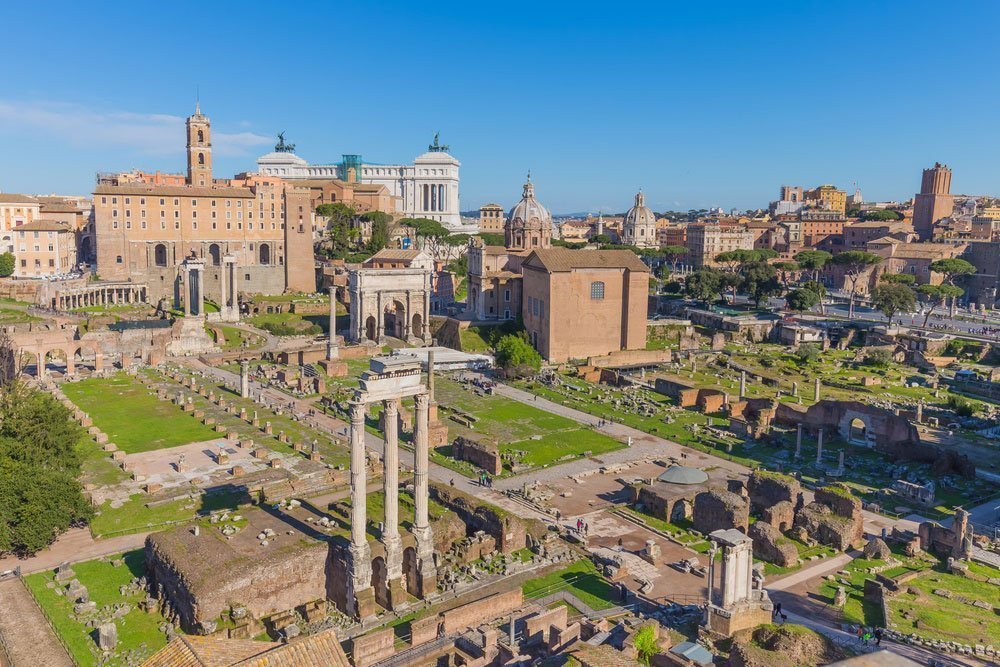
What remains of the Roman Forum
Systems of governance in the Roman and Italian Republics
One essential aspect of the Roman Republic’s constitution was the division of power. Who did what? And exactly how democratic were they in their actions?
The democratic power in the Roman Republic was split into three key sections; the assemblies, Senate, and magistrates. Elected to govern the Republic for a term of office, the magistrates (more specifically consuls) generally exercised religious, military, and judicial powers. In times of need, a magistrate could become a dictator, but only for a temporary period and with some limits.
Meanwhile, the Senate was in place to advise said magistrates as they had likely done for previous kings of the Roman Kingdom. However, with such prestige and powerful individuals in this group, the democratic nature of the Senate can, by all means, be questioned. Finally, composed of the people, both ordinary and specific groups, certain assemblies had the power to accept and reject laws, elect magistrates, administer justice, and even declare war and peace!
As for the Italian Republic, three branches, namely the executive, legislative, and judicial, comprise the system of governance. Put simply, the Prime Minister runs the executive branch, executing laws and political decisions by presenting bills to parliament or passing decrees in times of urgency. Meanwhile, parliament makes legislation and can even propose amendments to the constitution (as we saw above with the 13 changes).
Finally, judges of the judicial branch implement the laws chosen by parliament, acting not as elected politicians but chosen on educational merit and serving for life! Elsewhere in the republican system we have the President, who is not elected by the people but by parliament, and exercises certain powers such as calling for elections and referendums.
So, how do the two republics compare? Well, despite some expected differences, the systems do run over fairly similar bases. The people are represented in both republics through either assemblies or parliament, whilst both the Roman and Italian Republics also have a Senate (and senators for life). Moreover, the magistrates can in a way be compared to the Prime Minister and President as the elected or appointed officials at the top of the political tree. Regardless of whether their duties or decisions differed from those made today, the Roman Republic was by no means an entity unrecognizable to Italy’s post-war system.
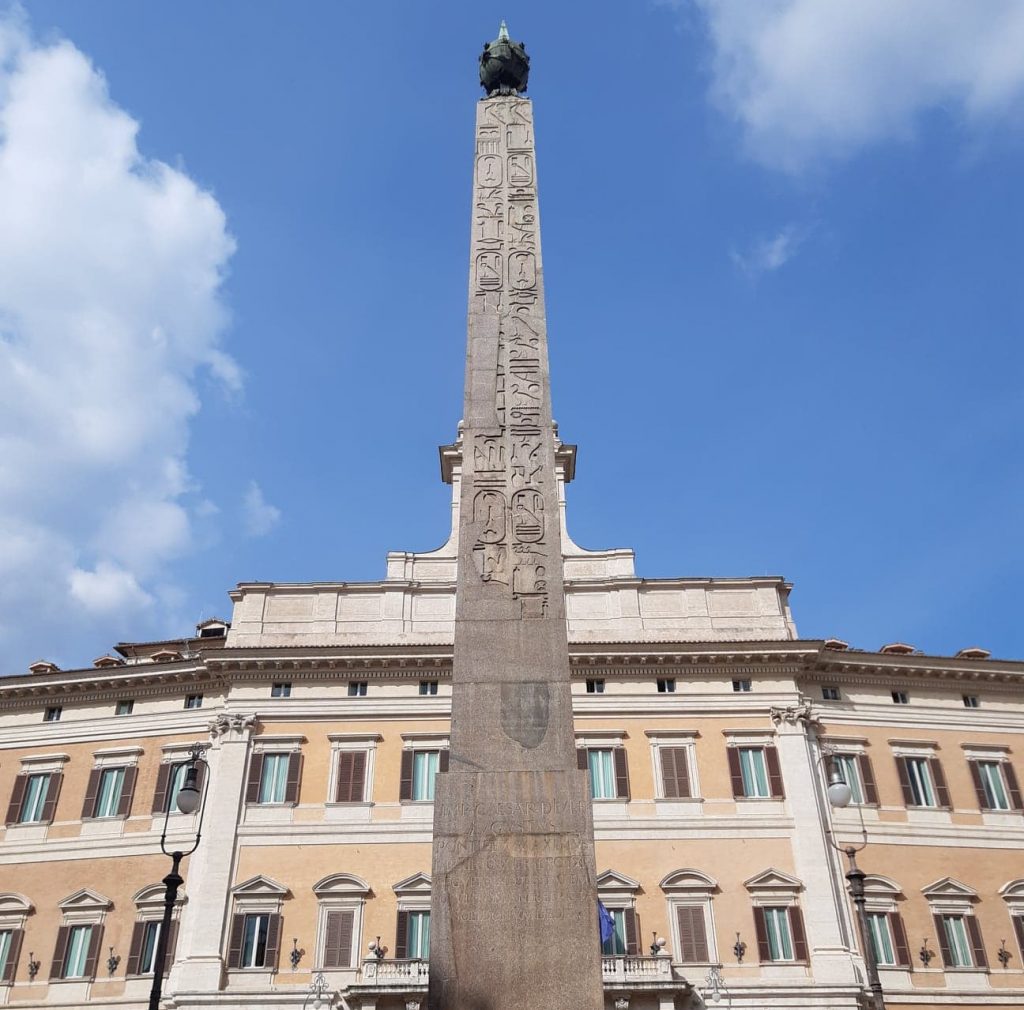
Palazzo Montecitorio; the seat of the Italian Chamber of Deputies
Elections in the Roman and Italian Republics
Finally, we come to the pillar of all democracies; elections. Today, Italy’s general elections tend to take place every five years, with some exceptions of course. Voter turnout is extremely high for these elections, reaching almost 94% in 1958 but dwindling to 73% in 2018, meaning that the majority of the population is represented in parliament and the Senate of the Republic.
As for the Roman Republic, voting was less inclusive. Some historians argue that even a generous estimation would place voter turnout at below 10%. What’s more, whilst on the surface all Roman citizens had a say on the outcome of elections, it is precisely this term of citizenship that excluded vast swathes of the population; namely women and slaves.
Moreover, we know that at the start of the Roman Republic especially, it was the ruling-class patricians that had influence over who could be elected to the highest positions. The magistrates that they elected would tend to operate in office for a year, and consuls could be appointed to the Senate a decade later.
Yet, Plebians (the lower class) grew in political power as the Republic went on, but by the time they were exercising continued and real political representation, the Republic’s elections as a whole were undermined and brought to an end first by the actions of Julius Caesar and finally by Augustus in 27 BC, thus bringing to life the Roman Empire.
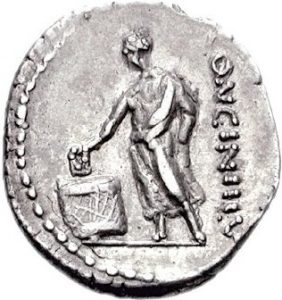
A coin from 63 BC showing a voter casting a ballot [CNG Coins@WikimediaCommons]
Laying the framework for future republics
Whilst the fine details of each republic are by no means cut from the same cloth, there are some real similarities between the Roman Republic and the Italian Republic of today. With its constitution, first unwritten but later more solid, a structure of elected officials and separated roles, and its elections, the Roman Republic undoubtedly laid the framework for future republican democracies in Italy and abroad.
In practice, representation across the classes was undoubtedly less even than today and there was plenty of deviation from the norm during the Roman Republic. However, when looking back on Ancient Rome, it is the years 509 BC – 27 BC that bear the greatest similarity to our current Italian Republic.

